Scenario Report: Poland in the next six months
07 Feb 2024
Executive Summary
In this scenario report, the Ukraine Crisis Analysis Team (UACAT) highlights the need for continued and enhanced support for Poland’s humanitarian response and integration policies to address the ongoing and evolving impacts of the Russia-Ukraine war. Using an in-house methodology, UACAT has prepared a six-month scenario for Poland’s humanitarian context in the light of policy changes and regional developments.
Our findings include:
A continuation of the status quo with higher migration flows. Since early 2024, Russian hostilities have increased, resulting in shifting frontlines and reduced access to territories by the Ukrainian government. The worsening security situation is expected to result in higher displacement trends beyond 2024, with Poland hosting an estimated 1.1 million migrants by year’s end (up from the current 950,000). These will include Ukrainians and third-country nationals (TCNs). A significant increase in refugee influx compared to the previous six months (Jan-May 2024), with an estimated 12,975 first-time Ukrainian migrants is expected to enter Poland by the end of 2024.
Service gaps. Refugees, particularly vulnerable groups such as the elderly, single parents, and people with disabilities, will face significant needs for healthcare, education, and basic services due to the lack of functioning infrastructure in non-government-controlled areas (NGCAs) in Ukraine. The funding decline for the Ukraine Situation Regional Refugee Response Plan has been drastic: only 8% of the requested amount was received as of June 2024. This will negatively impact the Polish government's ability to cover humanitarian needs and support long-term integration initiatives. Reduced financial assistance risks the rise of labor exploitation risks will rise, particularly affecting vulnerable groups and men fleeing conscription who may resort to informal employment. Public perception of refugees' impact on the domestic market will need addressing to improve integration efforts and reduce social tensions.
Poland will continue to increase military spending amid regional security concerns, including purchases of additional weaponry, troop mobilizations to high-risk border areas, and frequent NATO exercises. Efforts around civilian preparedness, such as identifying bomb shelters and improving infrastructure, will be prioritized. The NATO alliance remains united in response to regional militarization to counter potential escalations in the Ukraine war, especially a direct aggression of the Russian Federation on a NATO member.
While the Israeli-Hamas war currently dominates public debates in the US and Europe, the situation in Ukraine remains a significant policy focus.


